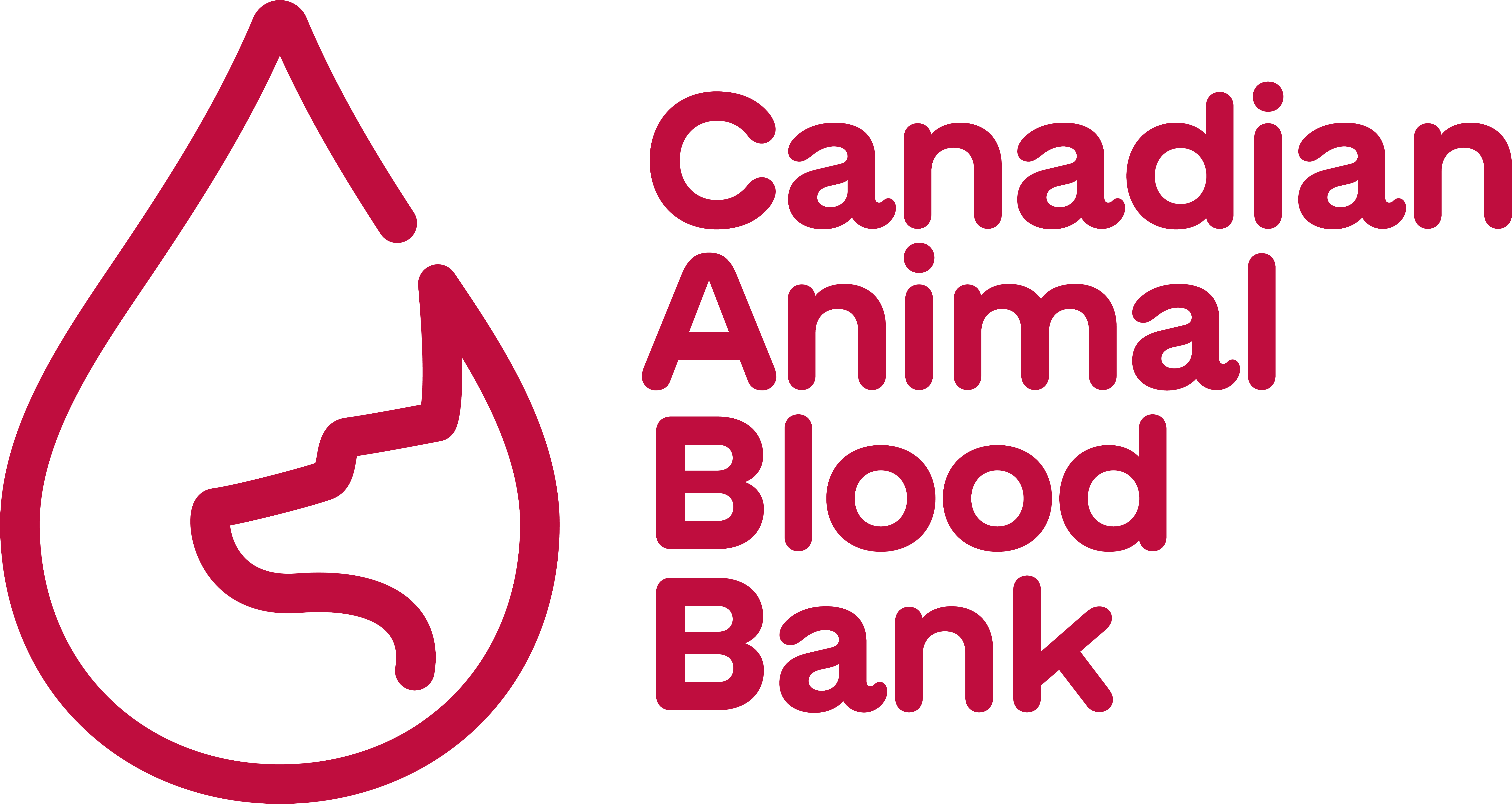
Dogs and cats with anemia require a blood transfusion when oxygen delivery to vital organs becomes compromised. The exact volume of blood required depends on the type and severity of anemia, degree of vital parameter change, and concurrent medical conditions.
Many formulas exist in veterinary and human medicine, which are designed to estimate the volume of blood needed to achieve a certain post-transfusion packed cell volume (PCV). Several of these are inaccurate when employed generally, as they depend on the amount of additive solution in the unit. In one canine study, the following two formulas were most accurate for estimating the volume of packed red blood cells (pRBCs) to give to dogs with regenerative anemia:
1. Volume of pRBCs (mL) = 1.5 x desired increase in PCV x body weight
- Note: desired increase in PCV is a percentage and body weight is in kilograms
OR
2. Volume of pRBCs (mL) = ([desired post-transfusion PCV – current PCV] / donor bag PCV) x 90 mL/kg x body weight
- Note: 90mL/kg is the blood volume of dogs, body weight is in kilograms
To demonstrate the use of these formulas, let us use the case of a 10-year-old FS 12 kg Cocker spaniel with IMHA and a PCV 15%. For most immune-mediated anemias, a target PCV 21-25% is recommended to allow for erythropoiesis to be stimulated, rather than transfusing to a ‘normal’ PCV. Therefore, utilizing a desired post-transfusion PCV of 23%, you could calculate her volume of pRBCs as follows:
- Volume of pRBCs (mL) = 1.5 x desired increase in PCV x body weight
-
- Desired increase in PCV: 23%-15% = 8%
- Volume (mL) = 1.5 x 8 % x 12 kg = 144 mL of pRBCs
- Volume of pRBCs (mL) = ([desired post-transfusion PCV – current PCV] / donor bag PCV) x 90 mlL/kg x body weight (assuming the pRBCs bag has a PCV of 63%)
-
- Volume (mL) = (8% / 63 %) x 90 mL/kg x 12 kg
- Volume (mL) = 0.127 x 90 x 12 = 137 mL pRBCs
In cases with an urgent need for a blood transfusion, such as an actively bleeding patient with white mucous membranes, tachycardia, tachypnea and hyper- or hypotension, estimated doses of blood products can be given. For example, a whole blood transfusion volume can be estimated at 20 mL/kg, with part of this given as a bolus prior to effect, and the rest administered over 1-2 hours based on the patient’s status.
PRBCs and fresh frozen plasma (FFP) transfusion volumes can also be estimated as 10 mL/kg, once again with part of the transfusion administered as a bolus to ameliorate clinical signs and the rest delivered as quickly as the patient’s condition dictates it. Note that in actively bleeding patients, pRBCs and FFP are given in a 1:1 ratio. It is also important to note that while dogs can be given non-crossmatched DEA-1 negative blood as an emergency first transfusion, ideally canine patients are blood typed prior to receiving a blood transfusion.
A study was also performed to investigate the use of different formulas to determine the accuracy of predicting blood transfusion volumes in cats. The most accurate formula for regenerative feline anemia patients is as follows:
Volume to transfuse (mL) = 2 x desired increase in PCV x body weight
- Note: desired increase in PCV is as a percentage and body weight is in kilograms
In the rare cases of imminently life-threatening severe hemorrhagic shock without prior transfusion history, type-matched blood can be given with clear informed consent from the owner, at 10 mL/kg as a bolus to effect and with the rest based on patient status. Remember that all cats must be blood typed (and ideally crossmatched) prior to any blood transfusion.
Because feline blood products are often difficult to come by, most clinicians will administer the entire unit of feline whole blood or pRBCs, even if the amount calculated is less than the amount in the bag. Alternatively, the most recent consensus statement on feline transfusion medicine suggests that if the feline patient is very small, a unit can be aseptically split into two halves or a calculation of 10 mL/kg can be used when collecting from a donor cat for immediate use. For example, a 700g 13 week old FI kitten with feline panleukopenia has developed iatrogenic anemia due to repeated sampling to perform complete blood counts. A whole blood transfusion volume could be calculated as 10 mL/kg (10 mL/kg x 0.7 kg = 7 mL).
Since medicine is based on educated decision-making, all calculations are starting points for transfusion, with ongoing patient clinical status monitoring taking precedence over exact calculated numbers.
Written by Tiffany Jagodich, DVM, DVSc, Dipl. ACVECC who is a volunteer member of the Canadian Animal Blood Bank Education Advisory Committee and ICU Service Chief at Boundary Bay Veterinary Specialty Hospital.

